Tea has been an essential part of daily life for Vietnamese families for thousands of years, a refreshing beverage believed not only to calm and centre the mind, but to help ward off a number of common illnesses. A staple at celebrations and family get-togethers, tea and its associated rituals are intrinsically tied to concepts of hospitality, respect for one's elders, and peaceful communion with nature in Vietnam.
Tea drinking is a fairly informal affair in Vietnam, without the complex rituals found in other countries. However, it still plays a central role in society, being served at the start of business meetings, during meals or as part of a catch-up between friends. Drinking tea is also often seen as a contemplative activity, and is frequently associated with pastimes such as poetry, gardening, or scholarly pursuits.
Tea production in Vietnam
Although tea has been enjoyed in Vietnam for thousands of years, it has only been produced within the country since the 1880s, when French colonists established the first Vietnamese tea plantations in the area around Pho Tho, northwest of Hanoi. Today Vietnam is the seventh largest global producer of tea, with much of the crop grown by independent smallholders who are contracted to sell a percentage of their tea leaves to state-owned farms or large processing plants. The rest they are free to process themselves as distinct artisanal varieties, or to sell on the open market.
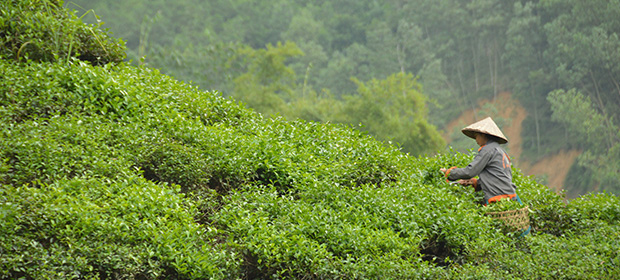
Common varieties of Vietnamese tea
The Vietnamese value tea for its simple purity and thus tend to prefer teas with light, delicate flavours. Small amounts of black, white and oolong tea are produced, but green tea is by far the most popular variety of tea in Vietnam and is usually enjoyed plain, without extra flavourings.
However, fresh, flower-scented teas are also popular in many areas. For instance, one Vietnamese speciality is lotus tea, which is traditionally prepared by sealing high-quality green tea leaves within a lotus flower and leaving them to absorb the fragrance overnight. Jasmine tea, aglaia tea and chrysanthemum tea are among the other flower varieties that can be found in certain regions of Vietnam.
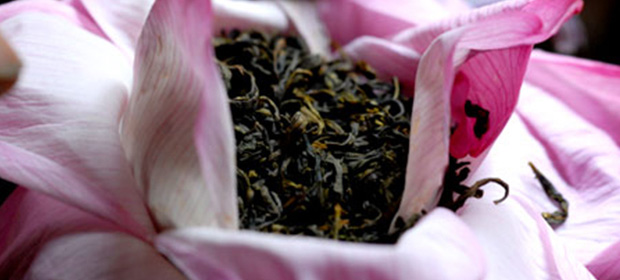
Where to enjoy Vietnamese tea
Today Vietnam has five principal tea producing areas – the northern highlands, the northwest, the northern and central coastal areas, the midlands, and Viet Bac, the area to the north of Hanoi. The province of Lam Dong in the central highlands is the largest tea growing area in Vietnam, closely followed by Thai Nguyen in the northeast. Northern highland regions such as Yen Bai are also known for their ancient tea forests.
You can traverse many of these regions on an all-encompassing trip such as our Highlights of Vietnam or Best of Vietnam suggested itineraries or simply sample hot or iced tea from local vendors on our street food tour of Hanoi.
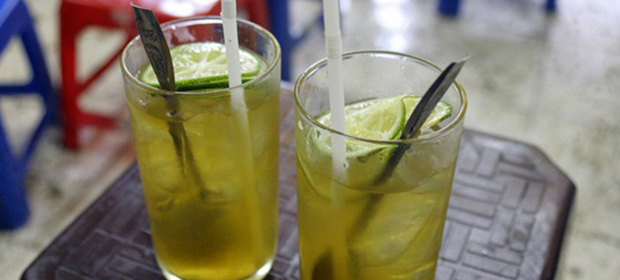
Inspired?
Sample Vietnamese coffee or tea at a local café in the historic French Quarter oh Hanoi while learning about the daily life and culture of Vietnamese locals.


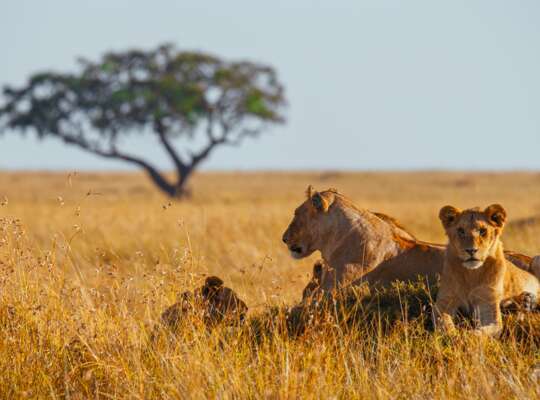


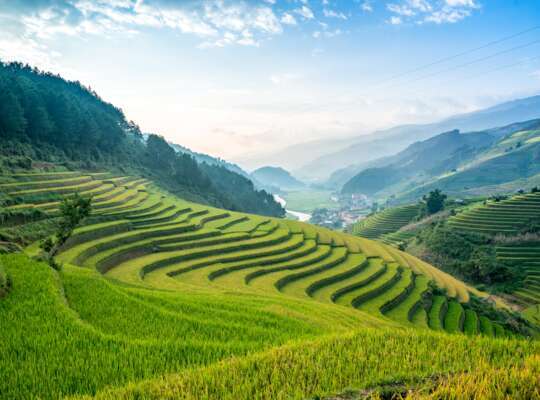

_w=24_h=25.webp?v=b71667f1b0243497a8c080edd5d032e11f899818)
_w=24_h=25.webp?v=b71667f1b0243497a8c080edd5d032e11f899818)
_w=24_h=25.webp?v=b71667f1b0243497a8c080edd5d032e11f899818)